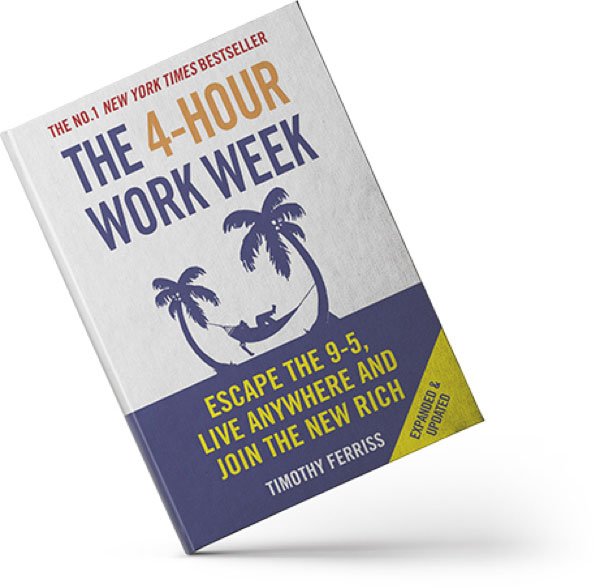Right now, one thing’s for certain: the future of rents in the retail and leisure sector will change drastically in the post-COVID world.
Ann Summers CEO Jacqueline Gold has made the compelling case that they, like many retailers, think turnover-based rents are the way forward.
At a time when the retail environment has been cast into widespread uncertainty, the industry needs to think of more creative ways to encourage tenants – particularly in the retail and leisure sector – to continue to occupy physical space.
Leases which incorporate a turnover element are nothing new. But now, they’re becoming increasingly commonplace for retailers looking to move away from high fixed rent costs (regardless of whether the customers come through the door), to one where the rent payment is linked, at least in some part, to the level of trade.
WHAT IS A TURNOVER-BASED RENT?
Turnover-based rentals allow companies to pay rent on a percentage of the turnover earnt in the store or leisure unit, on top of a ‘base rent’ charge. Although turnover-based rent means costs are variable, they are fixed against the percentage of turnover, making budgeting, and forecasting just as easy for businesses during these difficult times.
Turnover-based rent benefits both the landlords and the tenants, as tenants pay reduced rent when trading is hard, and landlords benefit when trading is better.
WHY ARE TURNOVER-BASED RENTS IN DEMAND NOW?
With the COVID-19 outbreak this year, many stores were told to shut their doors for months. Without any rental income, businesses have still had to pay out monthly rental charges. Even as we enter the ‘new normal’, local lockdown restrictions, social distancing and changing buying habits mean footfall is still way off what it was – and the road to recovery looks tough for the High Street.
“Ultimately, no retailer can afford to run stores unprofitably”, said Jacqueline Gold. Moving to turnover-based rents gets landlords and tenants working together in partnership, with aligned interests, and the ‘in it together’ feeling this creates has led to more productive rent negotiations between tenants and landlords.
Like Ann Summers, other store-based retailers such as Clarks, New Look, All Saints and M&S are also reportedly looking to follow suit and re-negotiate lease agreements to switch to turnover-based rent.
WHAT SHOULD YOU CONSIDER?
If a move to turnover-based rent sounds like the right move for you, we’d recommend being aware of the following:
- As a tenant, you will have to share business information on sales per store which might be sensitive.
- Calculating turnover for a particular location is becoming increasingly difficult in an ‘omni-channel’ world, and you might have to think about how you allocate click and collect sales, online returns, or treat things like staff discount or carrier bag sales.
- Both Stamp Duty Land Tax and Land and Building Transaction Tax on turnover leases are calculated on a best estimate of the turnover rent.
- There can be an administrative burden – many landlords require quarterly statements of turnover from the tenant, with an annual “turnover certificate” prepared and reviewed by an independent accountant.
HOW CAN WE HELP?
If your lease requires you to provide your landlord with an audited annual turnover certificate, we’d love to help. We complete turnover certificates every month for our clients – both large and small – and we help them with the added compliance requirements, too.
So, if you’re interested or have any questions, feel free to send me a message at catherinek@cooperparry.com




















